Birdsong isn’t just pretty—it's the language birds use to court mates, defend territory, keep in touch, and warn of danger. Broadly, “song” is longer and more melodic (common in breeding season), while “calls” are short and functional (contact/alarm). Here are 13 classic “vocalists,” each with a quick profile to help you recognize them outdoors or when building species pages.

Range & origin: Domesticated from wild canaries native to Spain’s Canary Islands; now worldwide in captivity and feral pockets near the Atlantic coasts.
Look: Small finch; males often bright yellow to yellow-green.
Voice: Long strings of trills and warbles; bright, layered, and fluid. Singing drops during molt or poor health.
Field tip: Peak at dawn; the dense, continuous flow of notes distinguishes it from simple “chip” calls of small finches.
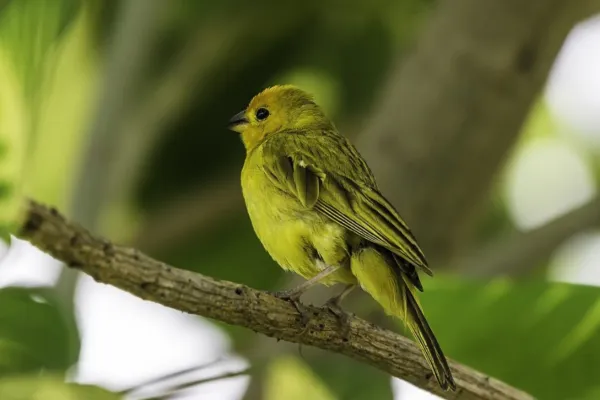
Range: Mediterranean basin through Europe, W Asia, N Africa.
Look: Plain brown, elusive in thickets.
Voice: Famous night singing—rich, powerful whistles, rolls, and trills with dramatic dynamics.
Field tip: Hear first, see later; immense variety and volume, especially at night and daybreak.

Range: Europe, N Africa, W Asia; parks, orchards, hedgerows.
Look: Red face, black-and-white head, bold yellow wing bar.
Voice: Tinkling, bell-like phrases and rapid warbles, often delivered in flight.
Field tip: Undulating flight with synchronized tinkling calls is a giveaway.
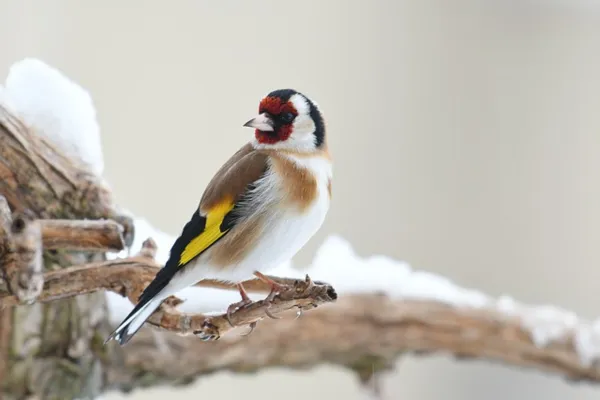
Range: Global commensal of towns and farms.
Look: Male with gray crown, black bib; female browner overall.
Voice: Repeating “cheep/tschilp” contact calls; simple song phrases in breeding season.
Field tip: Rooflines, eaves, and shrubs in human settings; simple, short, repetitive phrases.
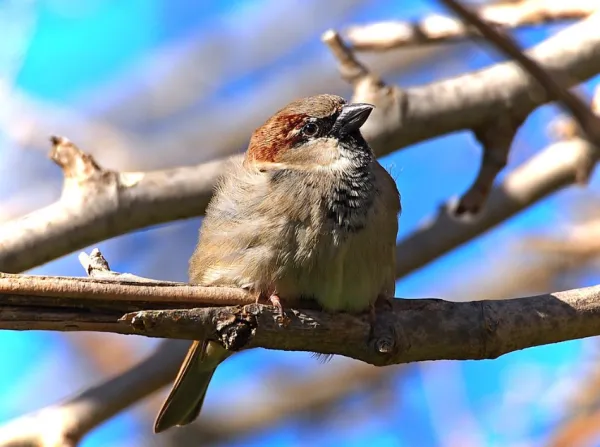
Range: Europe to W Asia; cities and woodlands.
Look: Male jet-black with orange bill and eye-ring; female brown.
Voice: Flute-like, mellow song with lyrical phrases and whistled endings; strongest at dawn/dusk.
Field tip: Sings from roof ridges or treetops—distinct, expressive, “improvised” feel.
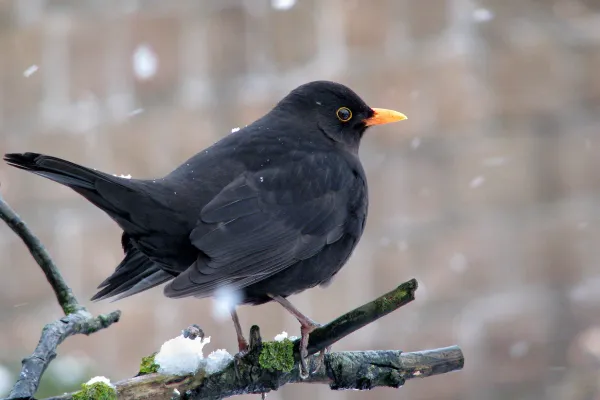
Range: Most of Europe to W Asia; gardens and parks.
Look: Compact body, orange-red face and breast.
Voice: Silvery, delicate tinkling song with fine, bright notes; soft subsong even in winter.
Field tip: Low perches in shrubs; frequently drops to ground for invertebrates.
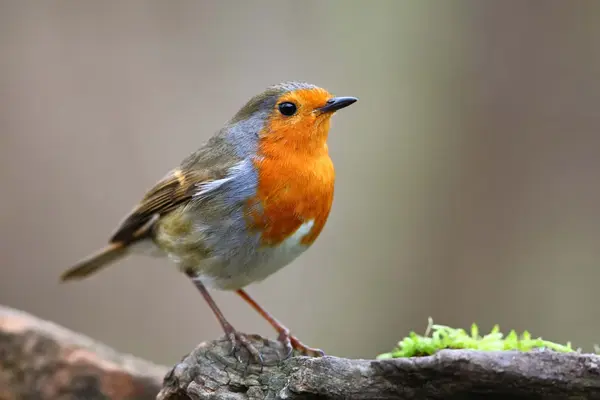
Range: North & Central America, Caribbean.
Look: Gray above, white below, bold white wing flashes.
Voice: Master mimic—copies other birds, insects, even machinery; often repeats each phrase 2–3 times.
Field tip: Long, energetic sets from a high, exposed perch; huge “songbook.”
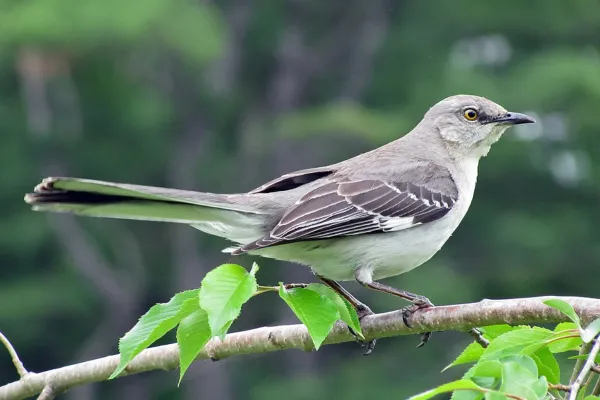
Range: SE Australia.
Look: Large black cockatoo with broad yellow tail panels; loose, shaggy crest.
Voice: Carrying, wailing calls and harsh cries with strong projection.
Field tip: Heard in flight over forest canopy; more calls than melodic song but highly characteristic.

Range: N Africa through Europe to Central & East Asia.
Look: Black-and-white, very long tail with green gloss.
Voice: Chattering “chak-chak-chak”, rattles, and harsh squawks; occasional short song-like strings.
Field tip: Vocal during territorial disputes and alarm; soundscape of open country and suburbs.
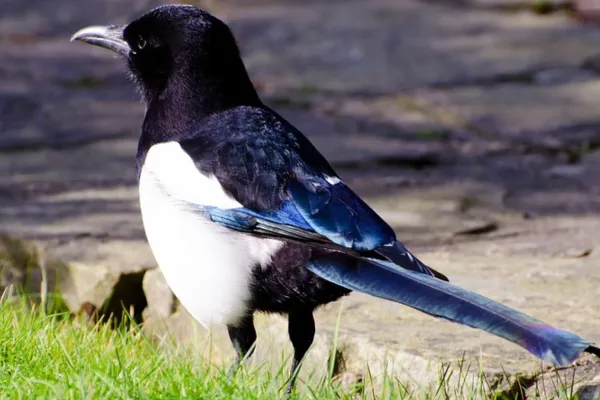
Range: Across Eurasia; winters in Africa.
Look: Gray upperparts, finely barred underparts; hawk-like silhouette.
Voice: Male’s iconic two-note “cuck-oo” motif, steady and far-carrying; faster, rougher sounds in close courtship.
Field tip: Edge habitats; famous brood parasite.
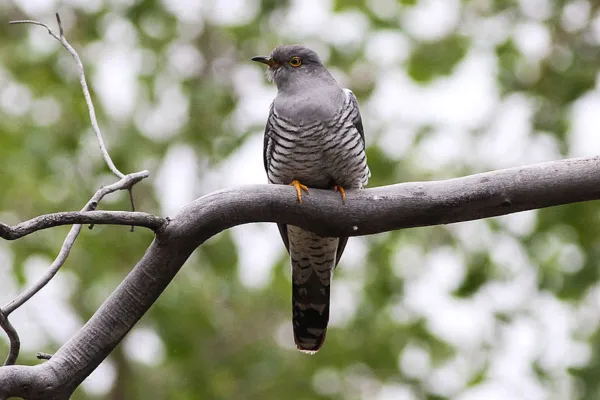
Range: Europe & W Asia; olive groves, river edges, wetlands in wintering areas.
Look: Brown above, cream underparts with bold dark spots.
Voice: Signature trick: repeats each phrase two to four times before switching; bright, piping, and buoyant.
Field tip: Repetition pattern is the easiest field cue.
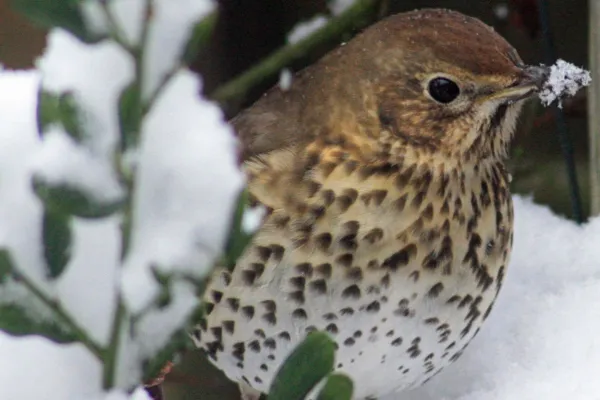
Range: Breeds in N USA & Canada; winters in Central America.
Look: Male black-and-white with rose-red breast triangle; female streaky brown.
Voice: Rich, thrush-like melody, fluid and sweet; males sing from high canopy; females sing softly on nest.
Field tip: Big conical bill for cracking seeds; strongest songs in spring migration and breeding.
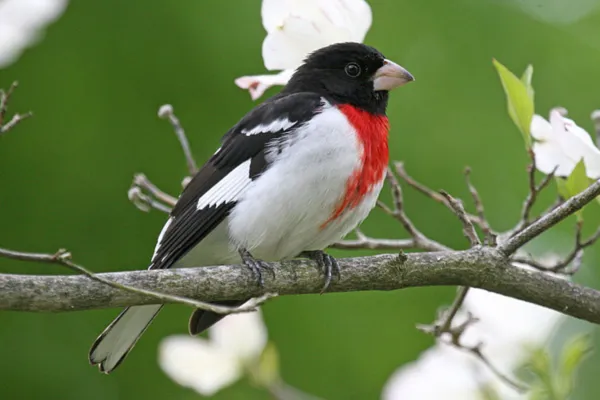
Range: S & SE Asia to Australia and Pacific islands.
Look: Male glossy black with red eye; female brown with heavy spotting.
Voice: Penetrating, rising “koo-eeel” whistles and loud calls, especially by males during March–August breeding.
Field tip: Another brood parasite; young typically do not kill host chicks.
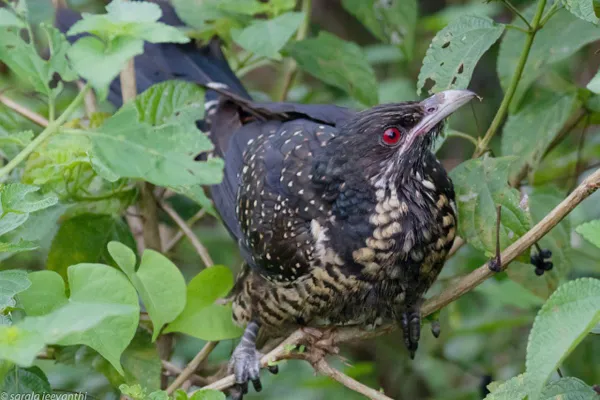
Time it right: Dawn and dusk are song peaks; nightingales excel at night.
Scan the stage: Rooflines, treetops, and shrub edges are favorite “song posts.”
Listen for structure:
Repetition pattern (Song Thrush),
Mimicry (Mockingbird),
Fixed two-note motif (Cuckoo).
Season matters: Most species sing most in spring/summer; many quiet down during molt or in mid-winter.
Note: This list mixes classic melodic songbirds (e.g., nightingale, thrushes) with a few louder “call-forward” species (e.g., cockatoo, magpie) that are still central to real-world soundscapes—useful for broad identification and engaging site visitors.
Bibliography
Guide to the birds of Spain, SEO Bird/Life.
Editorial Team (12/05/2013) The surprising uses of bird calls. BBC News Online Magazine: Mundo.
Lindner, L. (1996) Canaries: See and Know. Editorial Hispano Europea, pp: 15-23.
Arnaiz-Villena, A.; Gómez-Prieto P. & Ruiz de Valle, V. (2009). Phylogeography of finches and sparrows. Nova Science Publishers, pp: 25-30.
animal tags: birds that sing
We created this article in conjunction with AI technology, then made sure it was fact-checked and edited by a Animals Top editor.